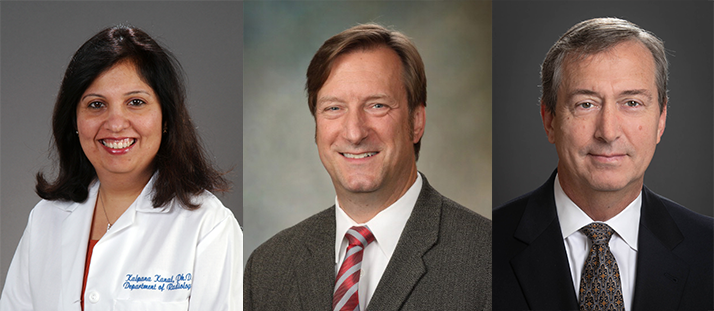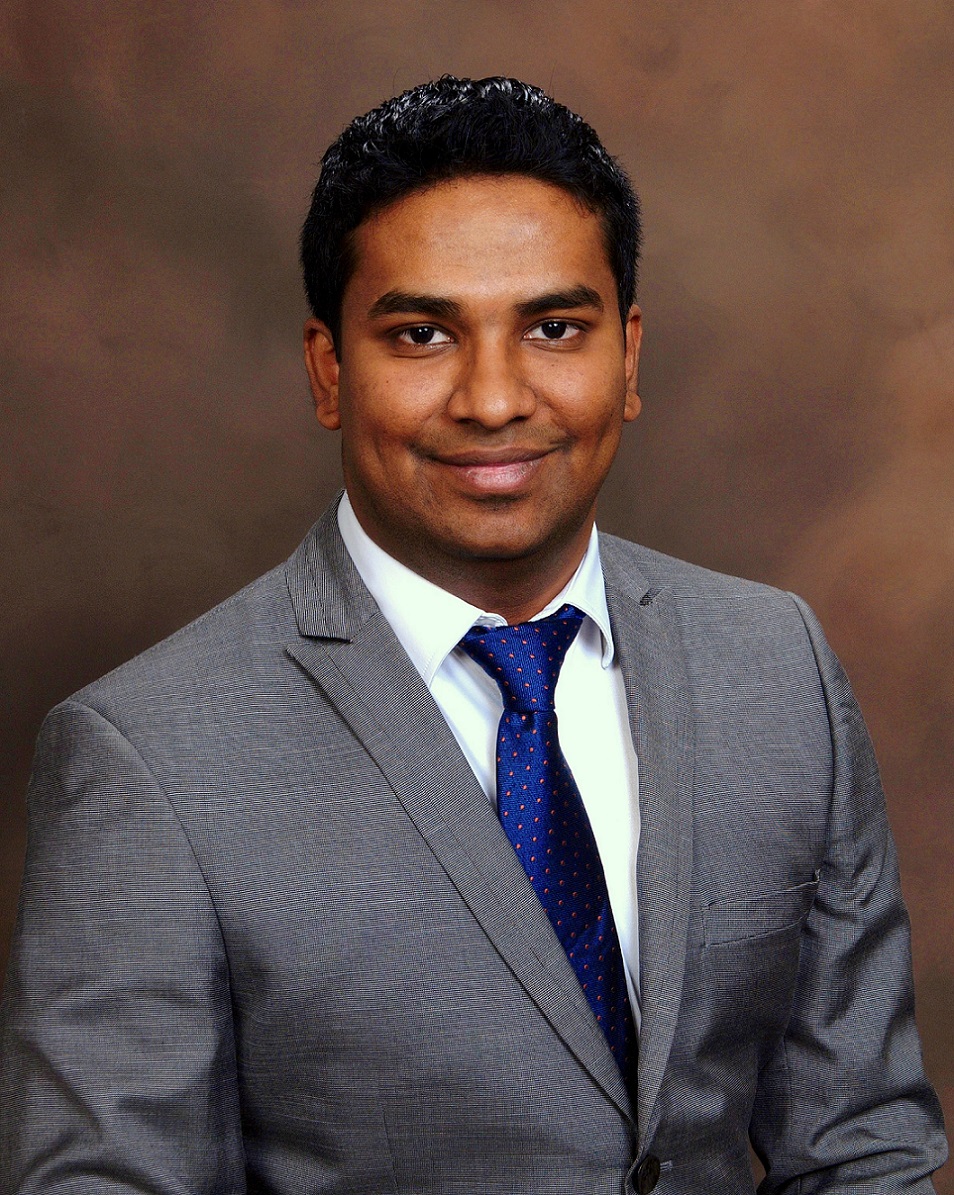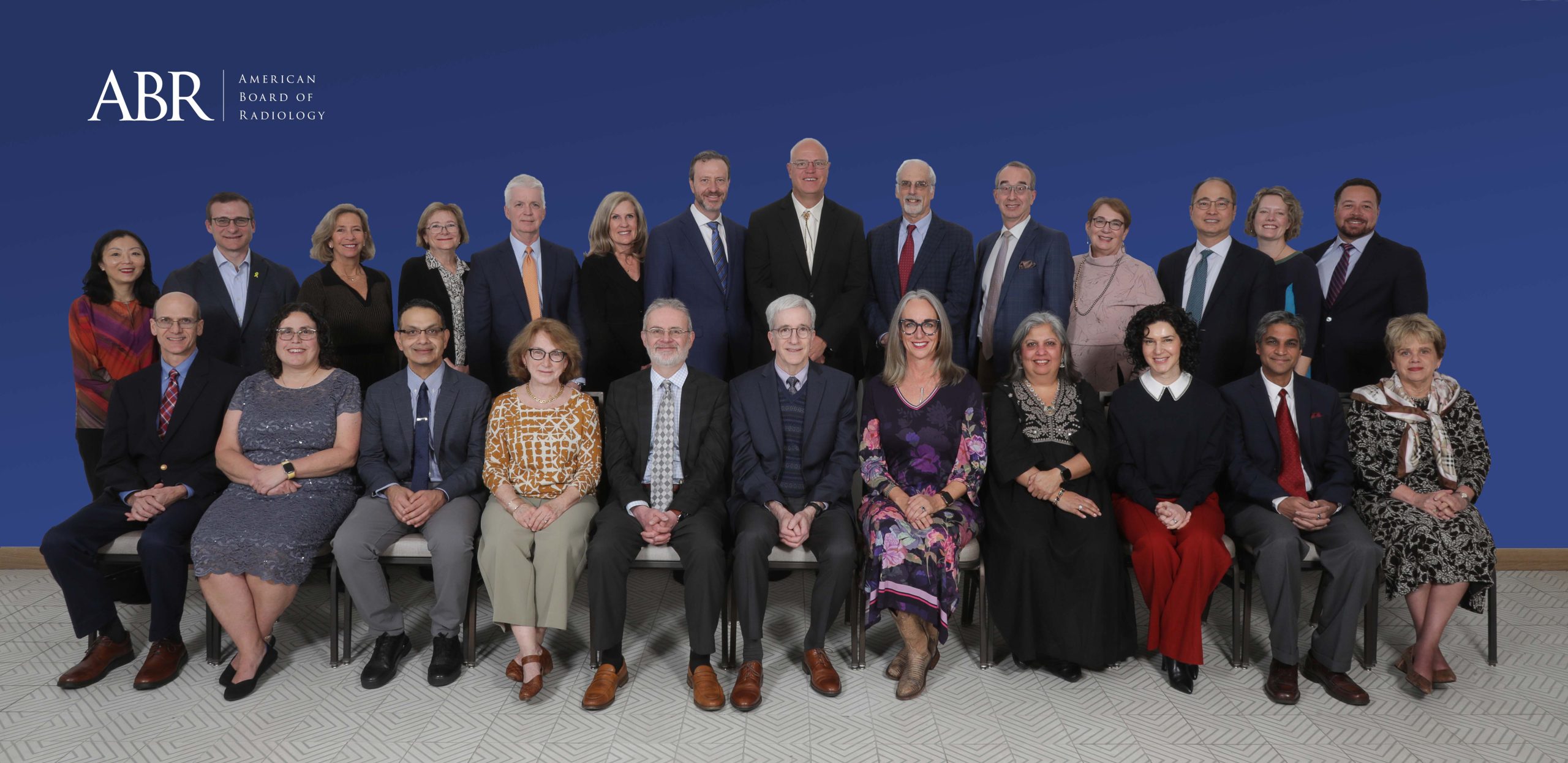April 2024 | Volume 17, Issue 2

Photo by Katrina Rochon

We’re Springing Into a Busy Season
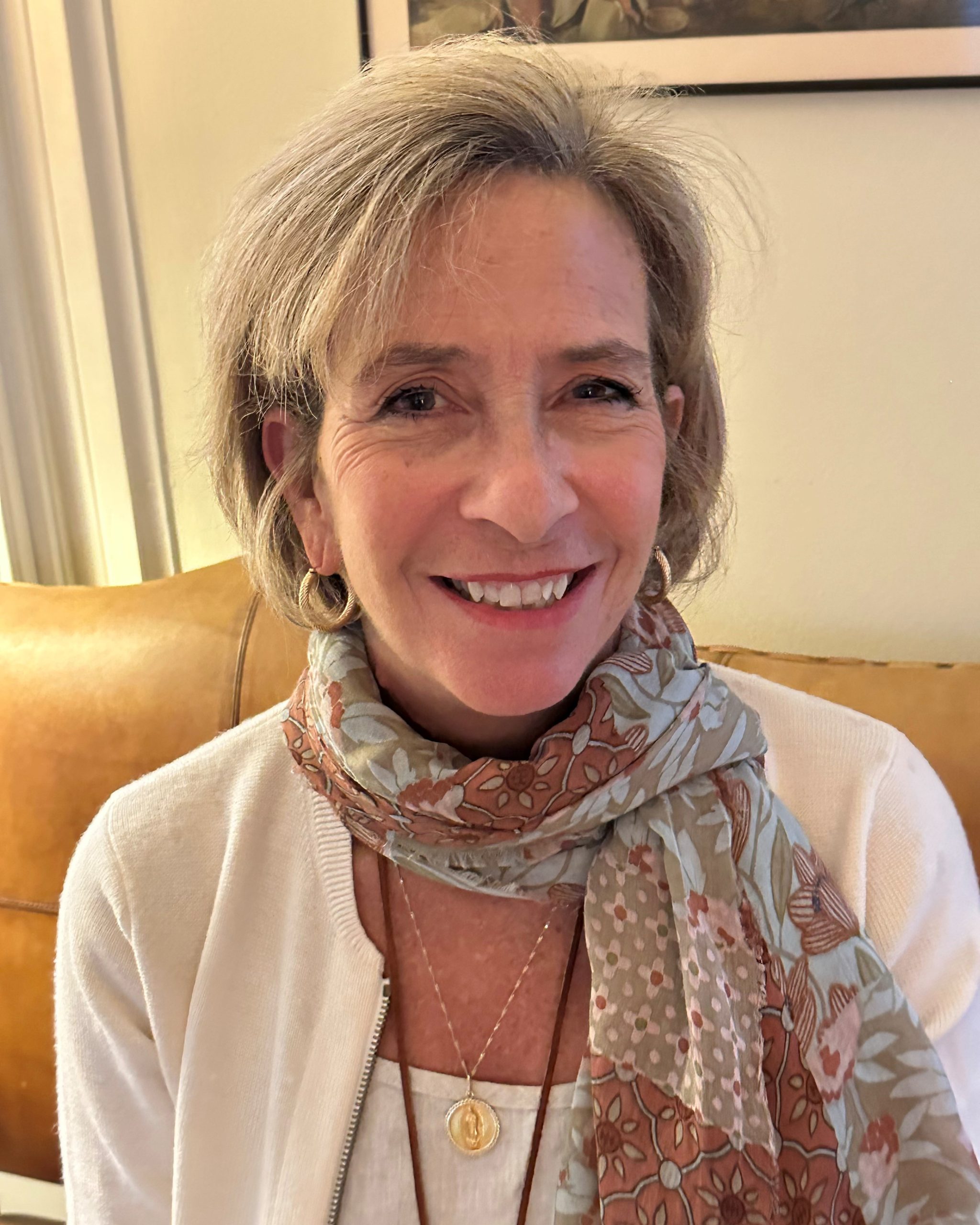 By Desiree Morgan, MD, ABR Governor
By Desiree Morgan, MD, ABR Governor
2024;17(2):1
Spring is a time for change and rejuvenation, for welcoming longer periods of light, and for partaking in the beauty all around as winter recedes. It’s my favorite season.
For ABR volunteers and staff, it is a busy time of exam content generation, organization, and administration. These important activities hit a crescendo just as our work and family lives hectically accelerate toward summer. At the ABR, we are truly grateful for our dedicated volunteers, and I hope you enjoy learning about the people and processes behind our collective certification efforts.
In this issue . . .
ABR President Robert M. Barr, MD; ABR Executive Director Brent Wagner, MD, MBA; and ABR Psychometrician Brooke Houck, PhD, describe how the ABR offers two methods for diplomates to demonstrate that they “have the knowledge, clinical judgment, and skills to practice safely and effectively in the specialty,” also known as “Part 3” of the Continuing Certification program. Learn more about how Online Longitudinal Assessment provides a customized experience aligned with one’s scope of practice, while the Continuing Certification Exam measures a broader set of knowledge and skills less tailored to the individual radiologic professional.
ABR trustees Kalpana M. Kanal, PhD, and Brian J. Davis, MD, PhD, join ABR Executive Director Brent Wagner, MD, MBA, in explaining why the ABR offers two exam administrations annually for the oral certifying exams in medical physics, radiation oncology, and interventional radiology but only one administration per year for computer-based exams.
Click HERE to read more.

Assessment of Knowledge and Skills: Advantages of OLA
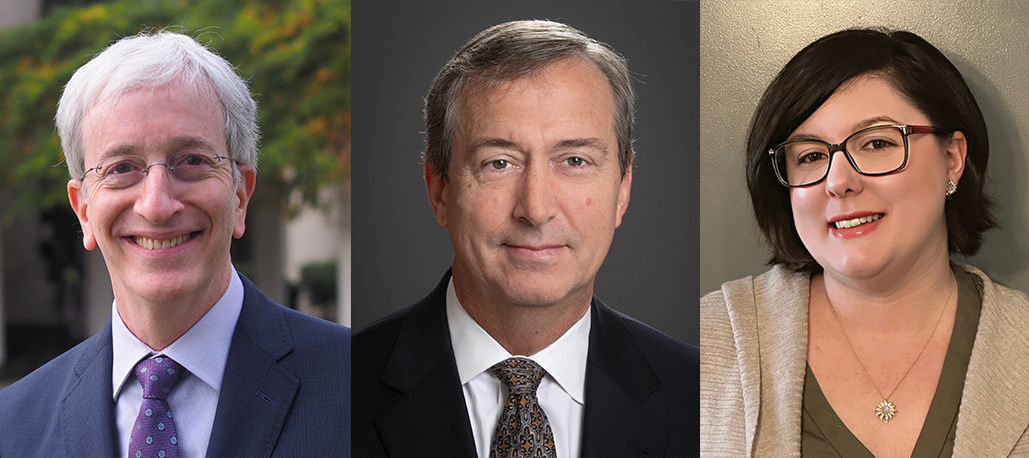 By Robert M. Barr, MD, ABR President; Brent Wagner, MD, MBA, ABR Executive Director; and Brooke Houck, PhD, ABR Psychometrician
By Robert M. Barr, MD, ABR President; Brent Wagner, MD, MBA, ABR Executive Director; and Brooke Houck, PhD, ABR Psychometrician
2024;17(2):2
As part of our commitment to the public, and consistent with the standards determined by the American Board of Medical Specialties (ABMS), the ABR Continuing Certification program includes methods to allow diplomates to demonstrate that they “have the knowledge, clinical judgment, and skills to practice safely and effectively in the specialty.”1 The ABR refers to this as “Part 3” of the Continuing Certification program.
Online Longitudinal Assessment
More than 95% of ABR diplomates use Online Longitudinal Assessment (OLA) to satisfy the Part 3 requirement. OLA fulfills another requirement of the ABMS which mandates that we “offer assessment options that have a formative emphasis and that assist diplomates in learning key clinical advances in the specialty.”1 The details of the OLA program were addressed in a previous issue of The Beam. Compared with a point-in-time exam, OLA has been preferred by ABR diplomates because it offers immediate feedback on specific question topics, a dashboard to show progress and performance relative to the standard, and an opportunity to learn (the formative component) while being assessed.
Click HERE to read more.

Complex Question Development Process Limits Number of Exam Administrations Per Year
By Kalpana M. Kanal, PhD, ABR Trustee; Brian J. Davis, MD, PhD, ABR Trustee; and Brent Wagner, MD, MBA, ABR Executive Director
2024;17(2):3
Since 2021, the ABR has offered two exam administrations annually for the oral certifying exams in medical physics, radiation oncology, and interventional radiology. This has been possible because of the transition, partly in response to the pandemic, to a videoconference platform in place of the previous in-person model. The primary reason for the change to multiple administrations was to protect against unexpected life events, such as personal illness or family issues, interfering with a candidate’s ability to sit for an exam.
Frequently we are asked why most of our computer-based exams (CBEs) are offered only once each year. The ABR has considered multiple offerings for qualifying exams in medical physics and radiation oncology, for the certifying exam in diagnostic radiology, and for subspecialty exams in neuroradiology, nuclear radiology, and pediatric radiology. However, there are practical considerations that make this difficult.
Click HERE to read more.

AI/ChatGPT Will Not Be Used To Generate OLA or Exam Content
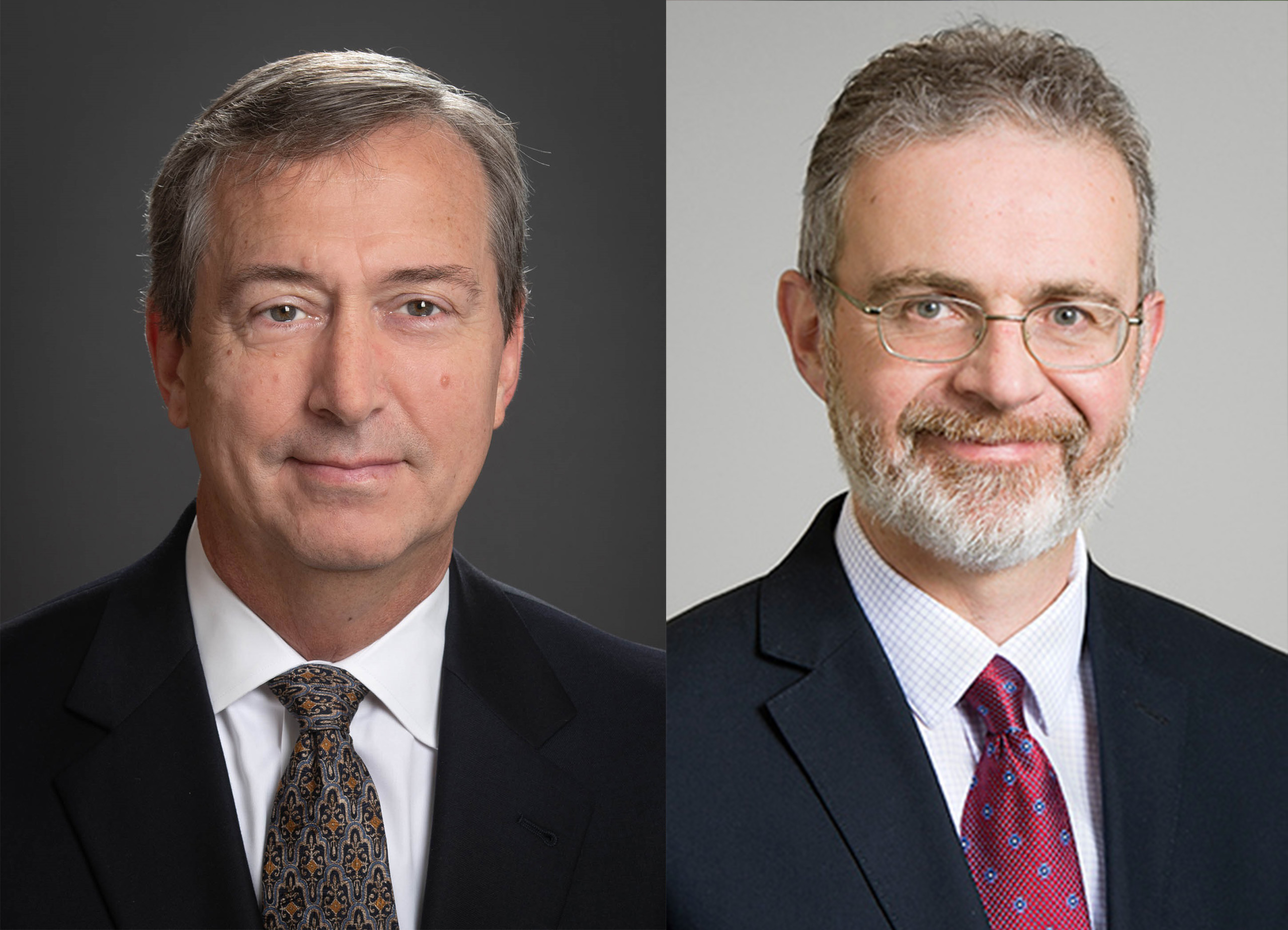 By Brent Wagner, MD, MBA, ABR Executive Director, and Matthew B. Podgorsak, PhD, ABR Board of Trustees Chair
By Brent Wagner, MD, MBA, ABR Executive Director, and Matthew B. Podgorsak, PhD, ABR Board of Trustees Chair
2024;17(2):4
The accelerated evolution of generative artificial intelligence (AI), including ChatGPT, has revealed not only a new horizon of seemingly boundless applications but also myriad concerns, as large language models produce content that is often indistinguishable from human speech or thought.1 Citing the use of source material as inputs to such models, institutions, including the New York Times, have recently sought to protect their copyrighted work through the judiciary.2
The ABR has three specific challenges related to AI. First, we want to ensure that questions administered as part of our Online Longitudinal Assessment (OLA) are not introduced into the public domain via generative AI tools. Second, acknowledging that there may be significant limits to copyright protections of content that is not produced by humans, the ABR has an interest in reminding volunteers that writing questions for ABR exams is a human endeavor. Last, if an ABR question were written by generative AI software, it may violate the copyright protections of the original authors of the work.
Click HERE to read more.

Survey Shows Volunteers Overwhelmingly Value Their ABR Experience
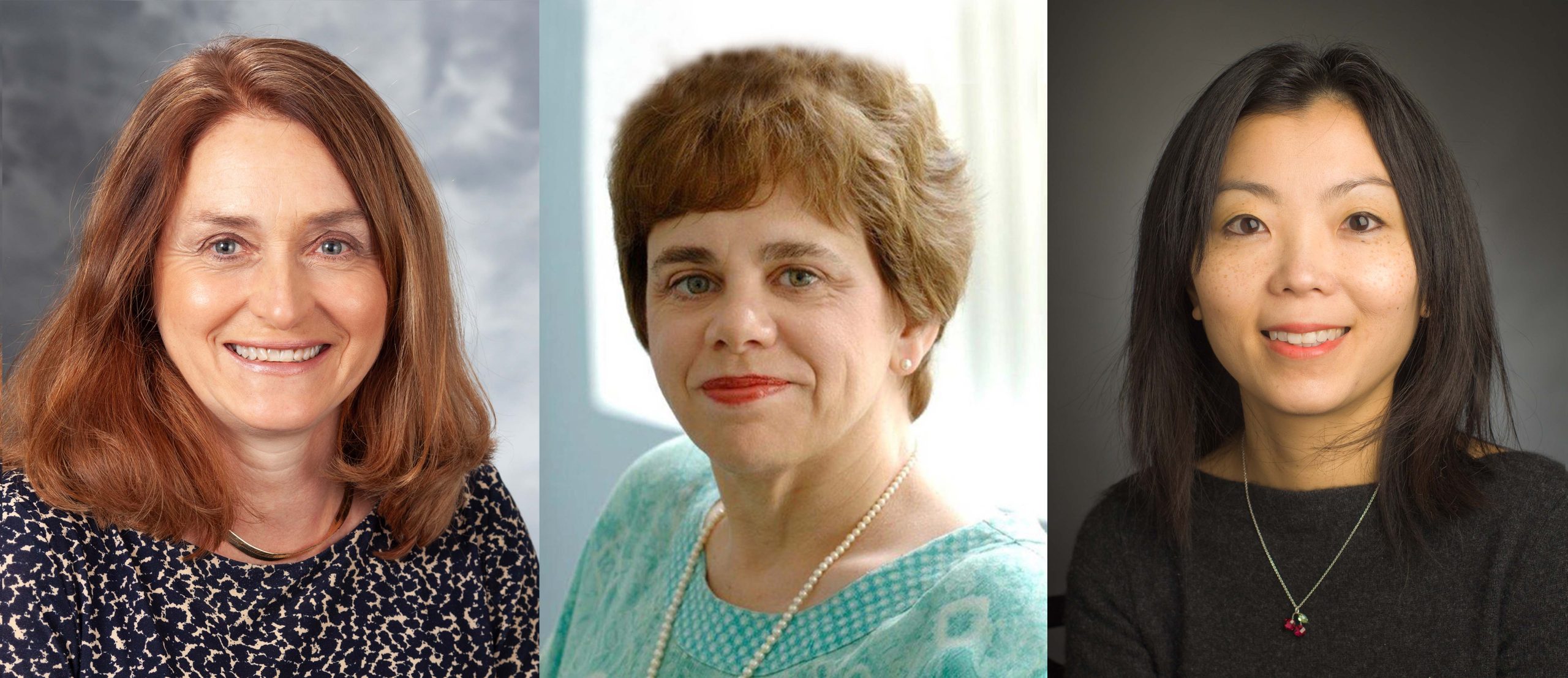 By Pamela A. Propeck, MD, ABR Trustee; M. Elizabeth Oates, MD, ABR Trustee; and Andrea K. Ng, MD, MPH, ABR Governor
By Pamela A. Propeck, MD, ABR Trustee; M. Elizabeth Oates, MD, ABR Trustee; and Andrea K. Ng, MD, MPH, ABR Governor
2024;17(2):5
The ABR Volunteerism Committee recently administered a survey to approximately 1,300 current ABR volunteer committee members to examine potential barriers to volunteering and strategies to increase interest and engagement. The survey had a 36% response rate, and respondents included volunteers from all four radiology disciplines: diagnostic radiology, interventional radiology, medical physics, and radiation oncology.
Survey participants were in a variety of practice settings, including urban (73%), suburban (23%), and rural (4%). The majority were in an academic practice setting (79%) but community teaching setting (9%), community nonteaching setting (7%), military/VA (1.4%), imaging center (1.3%), industry (1%), public sector (1%) and teleradiology (0.2%) were also represented.
The most common length of services was three to five years (42%), with 25% serving two years or less, 18% serving six to 10 years, and 15% serving 11 years or more.
Click HERE to read more.

He’s Moved From Taking Exams to Making Them
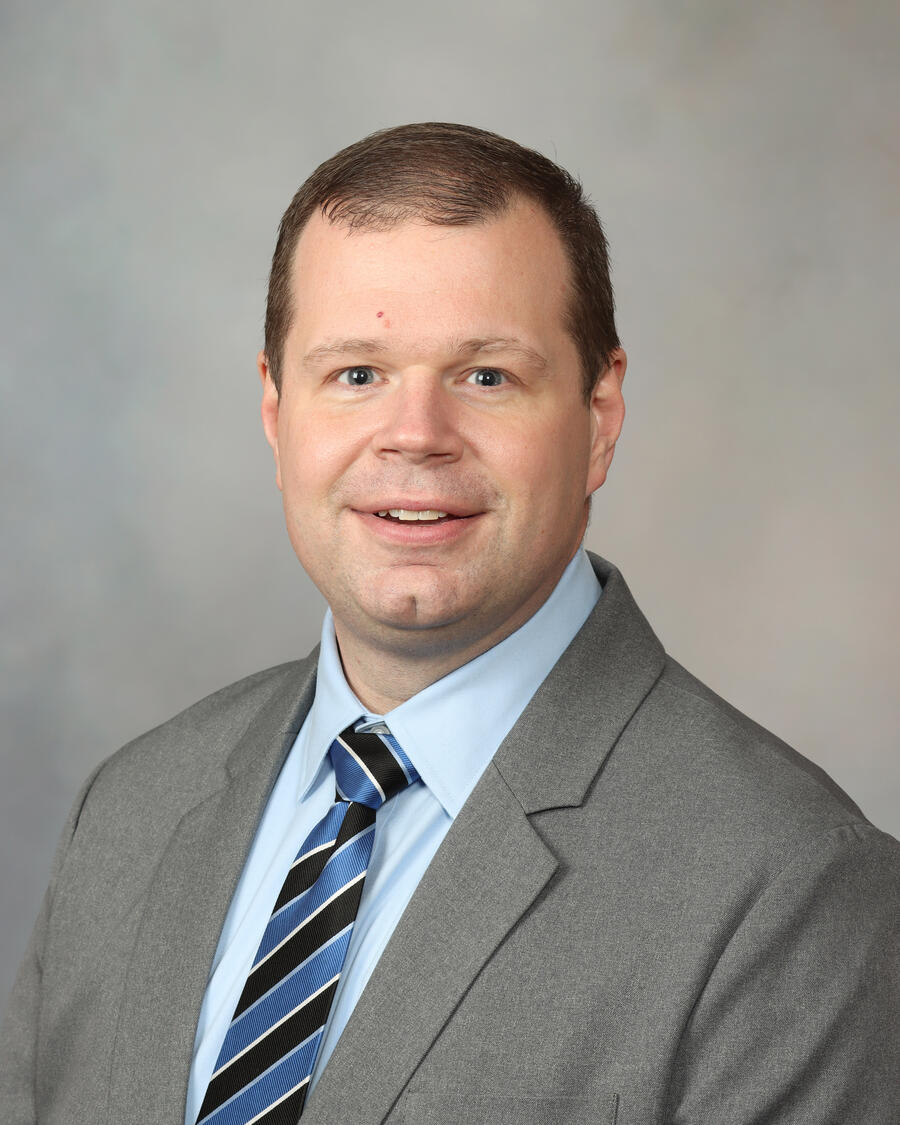
By Rodney Campbell, ABR Communications Manager
2024;17(2):6
As a physician who switched career paths, Derek Johnson, MD, has passed his share of Initial and Continuing Certification exams. He’s now lending his expertise to making ABR exams fair and relevant by serving as a volunteer.
Dr. Johnson started his medical career as a neuro-oncologist and was certified by the American Board of Psychiatry and Neurology in 2009. In that field, he spent a lot of time looking at MR scans with patients and their families to determine whether a tumor had grown.
“I became more interested in imaging, and particularly the scenarios where radiology didn’t seem to have the answer, like when the patient was declining but the imaging was stable, or the patient felt great, but the tumor had grown significantly,” he said.
He became so fascinated by imaging that he changed careers and completed a radiology residency, followed by neuroradiology and nuclear medicine fellowships at the Mayo Clinic in Minnesota.
Click HERE to read more.

Kaufman Named President-elect for Board of Governors
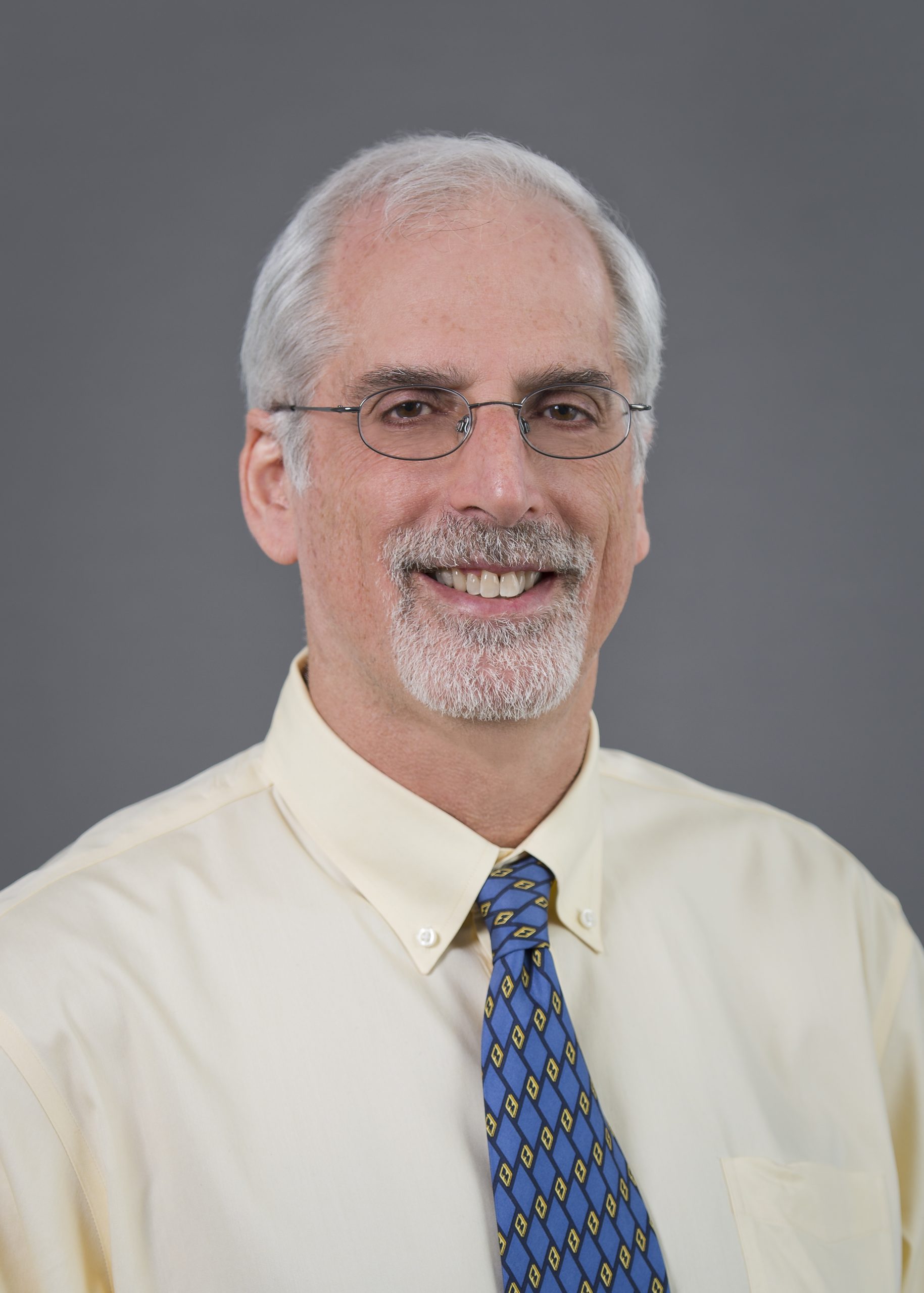
By Rodney Campbell, ABR Communications Manager
2024;17(2):7
Interventional radiologist John A. Kaufman, MD, MS, has been named president-elect of the ABR Board of Governors. Dr. Kaufman will begin serving as president-elect at the end of the fall board meeting in September, when Cheri L. Canon, MD, starts her two-year team as board president. In this video, Dr. Kaufman shares his thoughts on what makes a good ABR president.
Dr. Kaufman has more than 30 years of experience in his field. He holds the Frederick S. Keller endowed professorship at Oregon Health & Science University (OHSU) in Portland and continues clinical practice. Dr. Kaufman was the inaugural chair of the Dotter Department of Interventional Radiology and director of the Dotter Interventional Institute at OHSU.
Throughout his career, Dr. Kaufman’s research has focused on vena cava filters. More recently, he has been studying venous diseases. In 2010, he earned a master’s degree in healthcare management from the T.H. Chan School of Public Health at Harvard.
Click HERE to read more.

Resource Allocation in Radiation Oncology: Where We’ve Been, Where We’re Going
2024;17(2):8
Radiation oncology is a dynamic field that has evolved significantly in recent years, from integrating advanced technologies to using multidisciplinary care pathways. This article delves into resource allocation in radiation oncology and describes the current clinical practice environment, the changes that have led us here, and how we can manage resources to provide the care needed for our patients.
The American Society for Radiation Oncology (ASTRO) document “Safety Is No Accident: A Framework for Quality Radiation Oncology Care,” highlights the growing technical complexity in radiation oncology, which has led to shifts in the distribution of tasks and the scope of practice within clinics.1 Simple staffing ratios based on equipment and patient numbers alone are insufficient to reflect the unique resource requirements of each clinic due to its procedural mix and technology profile. The rapid adoption of new technologies in radiation therapy over the last two decades has led to an influx of documents from professional societies that guide us in navigating the evolving scope of practice of radiation oncology. For instance, the average number of AAPM guidance documents has increased from about two annually in 1990 to over 10 per year in 2020.
Click HERE to read more.

Urology Resident Finds It’s Never Too Late to Switch to Radiology
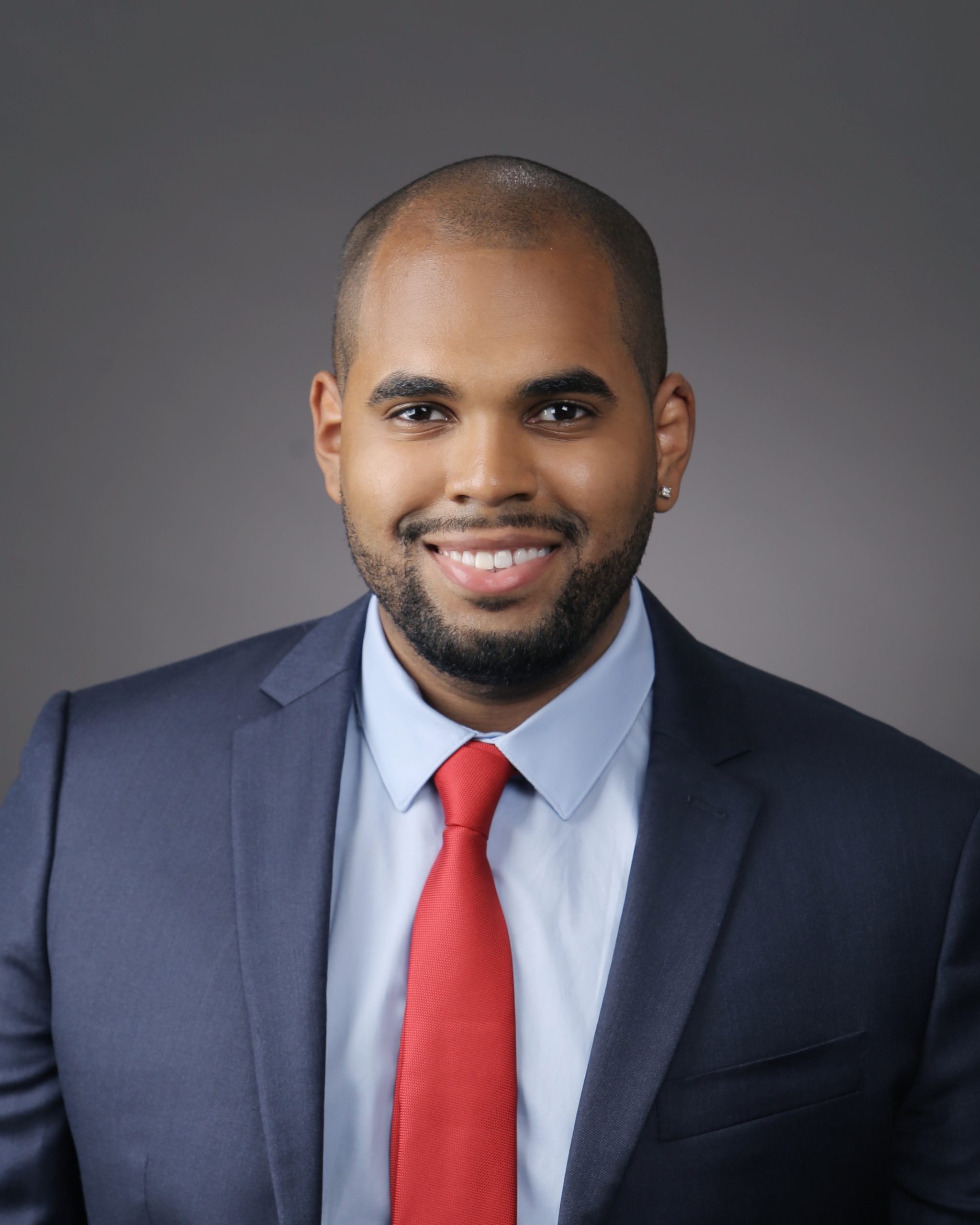
By Rodney Campbell, ABR Communications Manager
2024;17(2):9
All it took was a little exposure to radiology and Parris Diaz, MD, was beaming. Dr. Diaz, who’s in the intern year of his urology residency, was ready to switch fields. Even at age 30 with an uncertain future ahead, he’s confident that he’s making the right decision.
“You need to be happy in what you’re doing,” said Dr. Diaz, who’s in the urology program at the University of California, San Francisco (UCSF). “I love the field of urology. It has impacted me in more ways than I can count. It has taught me so much, and I’m so appreciative, but I’m excited to go into radiology and discover this new field that I never knew was going to be the one for me.”
Dr. Diaz is the first from his family to attend college. His mother is a caregiver and his father works in construction. When he entered UCLA’s David Geffen School of Medicine, he hadn’t settled on a career direction.
“I went into medical school kind of wide-eyed,” he said. “I went to every specialty thinking, ‘This could be it. This could be the one.’ I went in with no expectations and urology was the one that stuck out to me just because of the people. There are amazing individuals in urology and great personalities.”
Click HERE to read more.

No Longer ‘All Over the Map,’ Her Exam Questions Are Now on Point
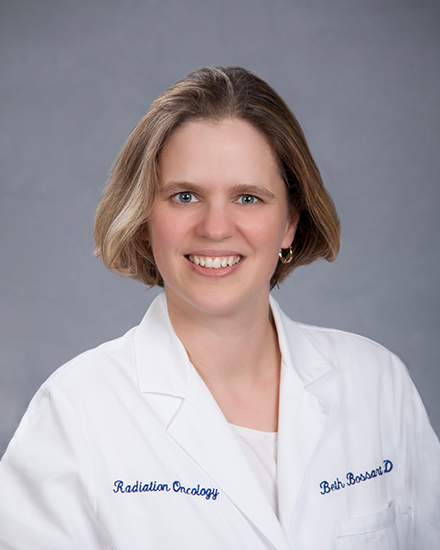
By Rodney Campbell, ABR Communications Manager
2024;17(2):10
An educator herself, ABR volunteer Elizabeth (Beth) Bossart, PhD, has learned several lessons as an Online Longitudinal Assessment (OLA) question writer and Initial Certification oral examiner.
As is the case with most question writers, developing the right formula was a struggle at first. Dr. Bossart’s early attempts required assistance from her more experienced fellow committee members. After a few tries, she found the key.
“The original group of questions that I wrote were all over the map,” she said. “Now, when I write questions, it’s a much simpler process. I start from what it is I’m trying to figure out and work backward rather than write a question and see where it goes.”
Dr. Bossart is an associate professor of clinical radiation oncology at the University of Miami’s Miller School of Medicine. She says that developing therapeutic medical physics questions for OLA participants also helps her in the classroom.
“I teach graduate classes, so it’s been very useful to my regular life to learn how to write and edit,” she said. “Editing was easier than writing.”
Click HERE to read more.

Board of Trustees to Welcome Three Members After Fall Meeting
2024;17(2):11
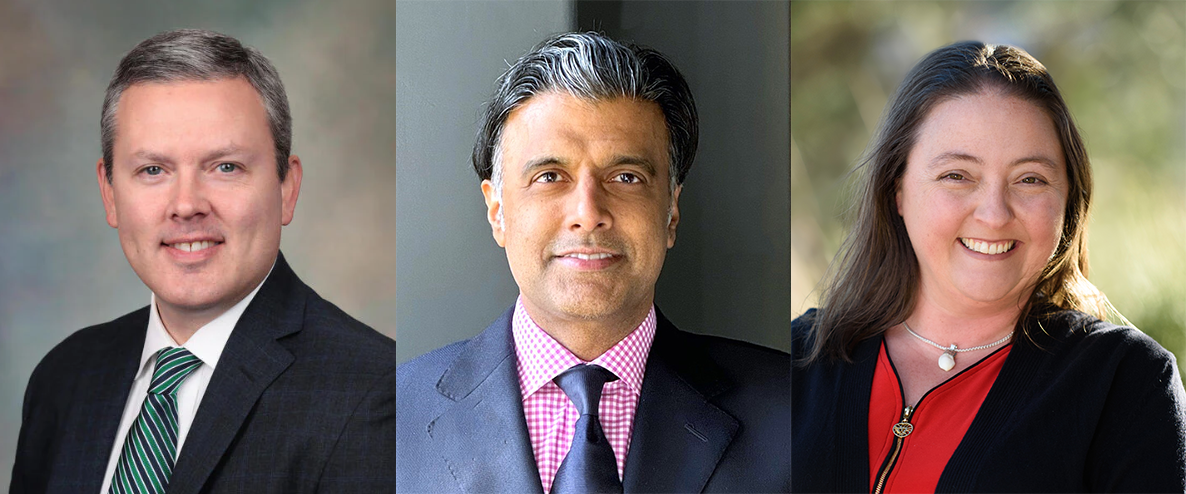
The American Board of Radiology is adding three members to its Board of Trustees: Kristopher Cummings, MD, a cardiothoracic imaging radiologist; Umesh D. Oza, MD, a nuclear radiologist; and Jennifer Stickel, PhD, a nuclear medical physicist. They will begin their duties at the conclusion of the fall board meeting in September.
Click HERE to read more.
ABMS Visiting Scholars Program Application Period Opens
2024;17(2):12
The ABR partners with the American Board of Medical Specialties to assist candidates and early career diplomates with their research efforts and leadership development through the Visiting Scholars program.
A one-year, part-time program, ABMS Visiting Scholars facilitates research projects that address pressing health care issues and research priorities for the Member Board community. Applications for the 2024-’25 cohort will be accepted until June 17.
The ABR’s goal is to fund up to four projects each year, preferably with one participant from each of the four specialties that it certifies: diagnostic radiology, interventional radiology, medical physics, and radiation oncology.
For more information, please visit the ABMS’ website or watch this video.
ABR Board of Governors and Trustees
2024;17(2):13
The current ABR Board of Governors and Trustees consists of the following volunteers: Back row, L to R: Andrea K. Ng, MD, MPH; Steven J. Frank, MD; Desiree E. Morgan, MD; Leslie Scoutt, MD; Stephen F. Simoneaux, MD; Catheryn Yashar, MD; David B. Larson, MD, MBA; Daniel C. Davis, MD; John A Kaufman, MD, MS; Christopher P. Wood, MD; Toby A. Gordon, ScD; John H. Suh, MD; Kate Maturen, MD, MS; Paul J. Rochon, MD. Front row, L to R: Robert A. Pooley, PhD; Anne M. Covey, MD; Sanjeev Bhalla, MD; M. Victoria Marx, MD; Matthew B. Podgorsak, PhD; Robert M. Barr, MD; Cheri L. Canon, MD; Kalpana M. Kanal, PhD; Marina I. Feldman, MD, MBA; Ashok Gupta, MD; M. Elizabeth Oates, MD. Not pictured: Donald J. Flemming, MD; Pamela A. Propeck, MD; Brian J. Davis, MD, PhD.

April 4 Blog
He’s a Key Player for Writing Medical Physics Exam Questions
March 13 Blog
‘Thrilled,’ ‘Excited’ Future Radiology Residents Share Their Joy of Matching
March 6 Blog
Moving Forward: From Unmatched Networking to Interview Season
March 4 Blog
February 29 Blog
AI-Generated Images Inspire Virtual Hangout for Radiologists
February 20 Blog
New Diplomate Overcomes Delays to Reach Certification



